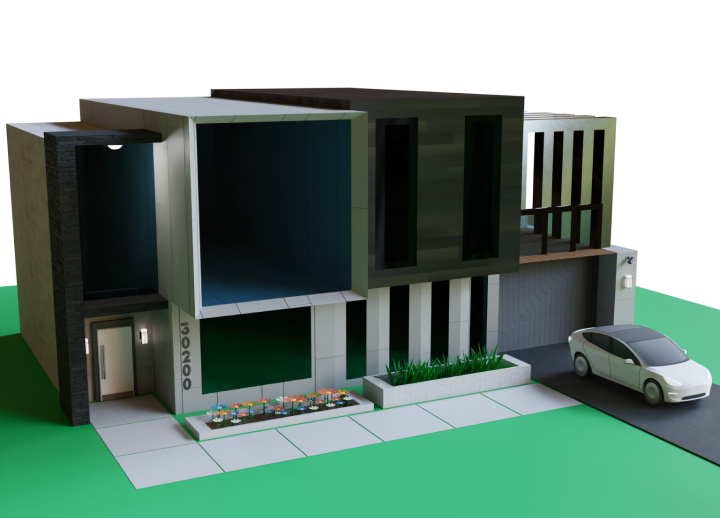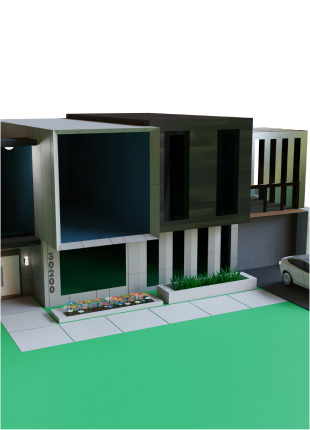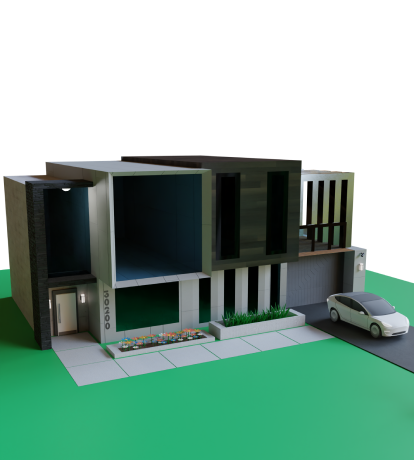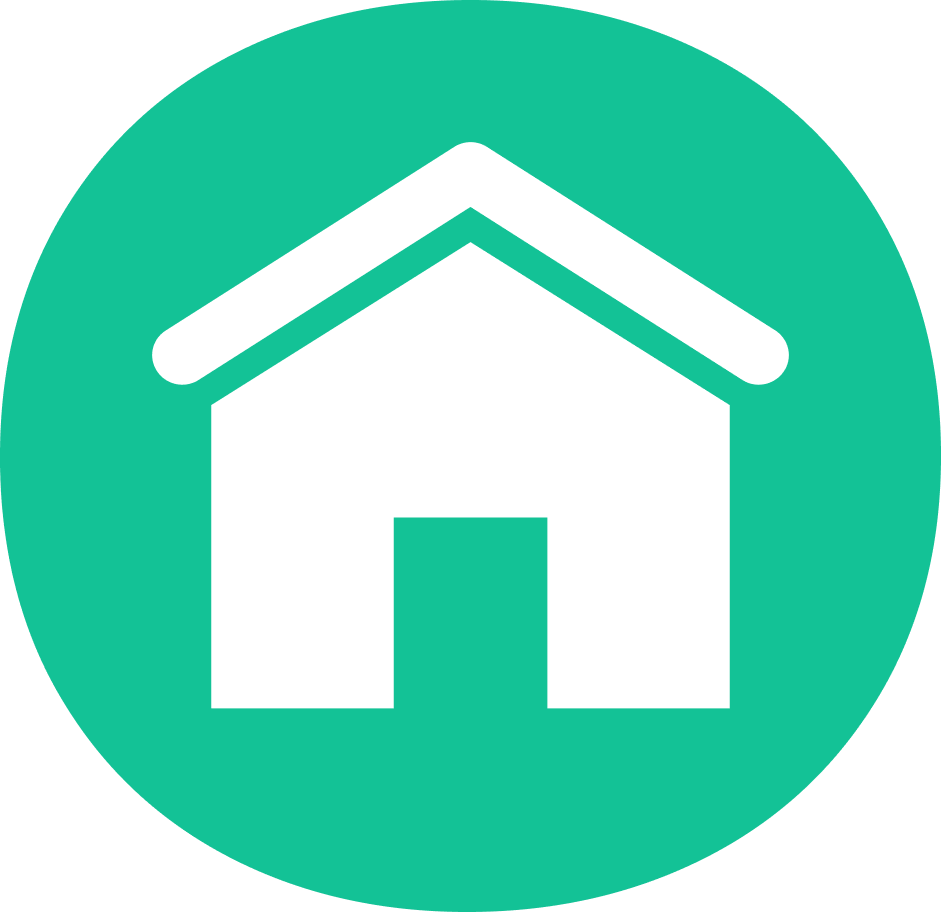
If you're paying more than the market rate, then it's time for refinancing, right? Not so fast! We recommend reading the next few sections to see how soon you can (and if you even should) refinance.
\n\nWhat is Refinancing?
\nSimply put, refinancing is replacing your current home loan with a new one. Even if you have a decent rate, below are a few reasons you may want to refinance:
- \n
- Reduce monthly payments with a lower interest rate or a longer-term (or both) \n
- Pay off your mortgage faster by shortening the terms \n
- Take cash out for financial hardships, home improvements, or a major purchase \n
- Remove PMI (Private mortgage insurance) \n
- Add or remove someone from the loan
How soon can you refinance a home after purchase?
\nDepending on the refinance program, loan type, and if any penalties apply, the answer might be immediately! Here are some mortgage refinance rules and time frames to consider:
- \n
- Cash-out refinances typically have a six-month waiting period \n
- If you went into forbearance or had your loan restructured to allow you to skip or temporarily reduce monthly payments, you may be required to wait up to 24 months \n
- If your original mortgage was funded with an FHA loan and you want to refinance it with an FHA Streamline, you’ll have to wait 210 days
How long are you planning to stay in your home?
\nLike your original mortgage, refinancing costs money. You are looking at an appraisal and closing costs which range between 2% and 5% of the loan value. Do you intend to stay in your home long enough to recoup the costs? If you do not plan on staying for more than a couple of years, your potential savings may not cover the cost of refinancing.
\n\nConsider your credit report
\nTaking out a mortgage can impact your credit report, and if you haven’t had your home for very long, you may not have made enough monthly payments to boost your score back up. Applying for a refinance will ping your credit and could affect eligibility or rate. This may make it challenging to get approved on new loans with better rates to replace old ones.
\n






